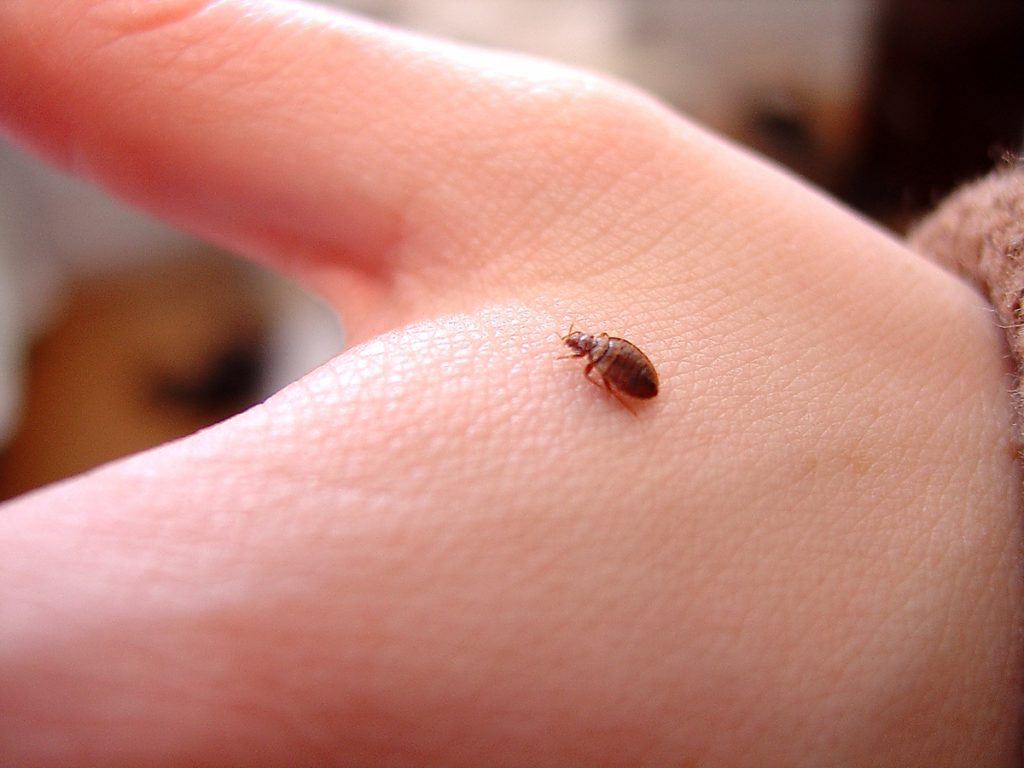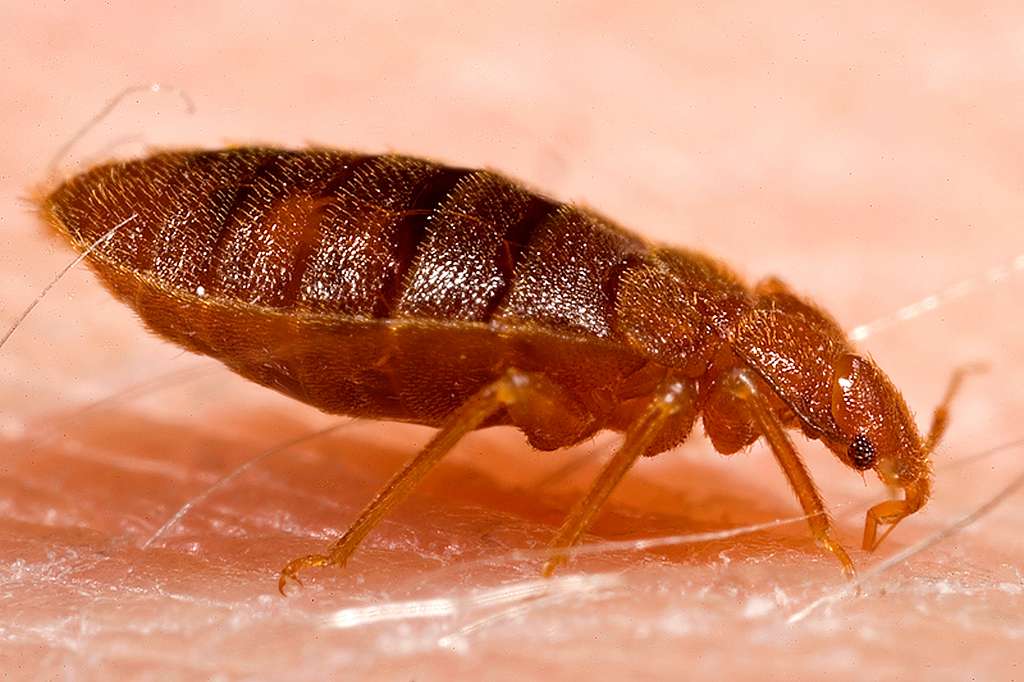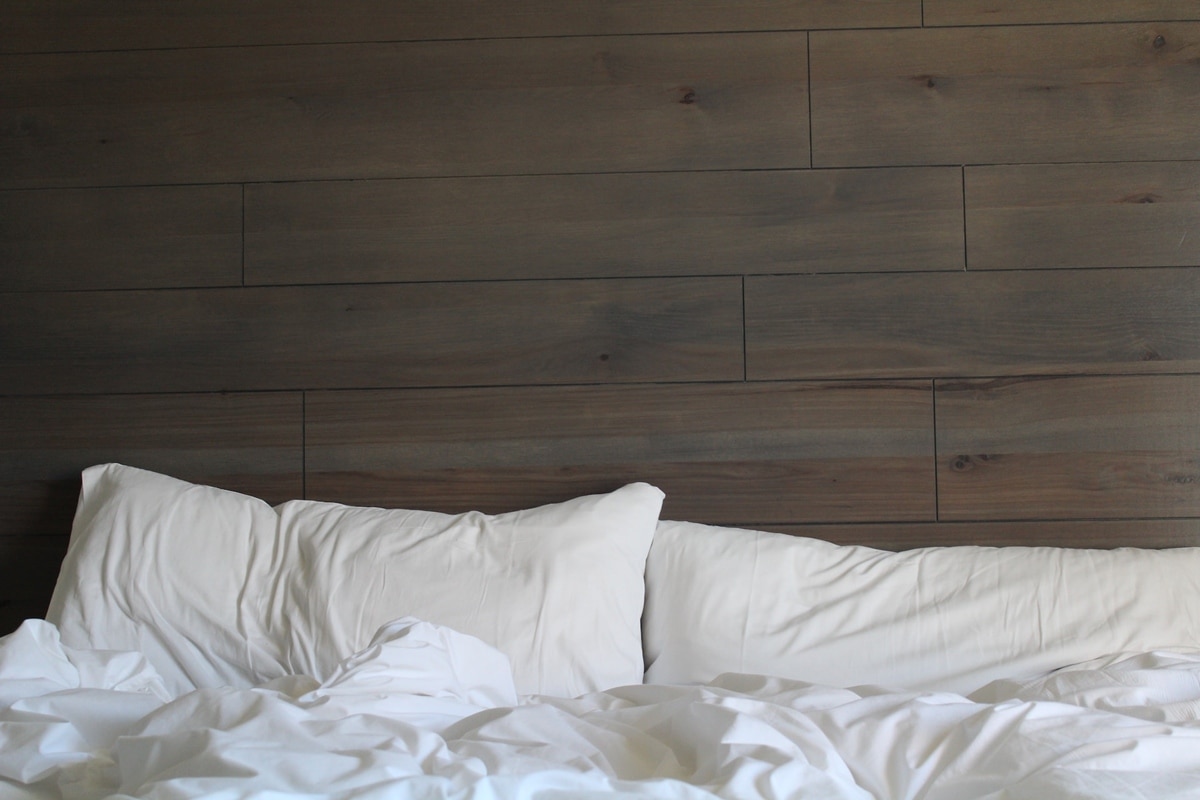Bed bugs are a common household nuisance, capable of causing discomfort and stress. They are elusive, nocturnal creatures that hide during the day and come out at night to feed on human blood. Understanding how to effectively eliminate these pests is crucial for maintaining a clean and safe living environment. This guide provides a comprehensive approach on how to get rid of bed bugs infestations, ensuring peace of mind and a bug-free home.
1. Identifying the Problem
In addition to looking for physical signs and recognizing bites, it’s important to understand bed bug behavior. These pests are typically more active at night and can hide in very small crevices. Pay attention to areas around bed frames, headboards, baseboards, and electrical outlets. Use a flashlight and a magnifying glass for a thorough inspection.
Bed bugs can also emit a musty odor from their scent glands, especially in severe infestations. Remember, early detection is key to easier and more effective treatment. If unsure, consider consulting a pest control professional for an accurate identification.

2. Initial Steps
After cleaning and decluttering, inspect all furniture, especially beds and couches, for signs of bed bugs. Seal any cracks in walls and around baseboards to eliminate hiding spots. If you have a pet, check their sleeping area as well. After vacuuming, consider using a steam cleaner on carpets, curtains, and upholstered furniture, as the heat can kill bed bugs and their eggs.
Encase mattresses and pillows in bed bug-proof covers to prevent future infestations. These initial steps are crucial in reducing the bed bug population and making your home less hospitable to these pests.
3. Chemical Treatments
Chemical treatments are a crucial component in the battle against bed bugs. These treatments often involve a variety of insecticides designed to target different stages of the bed bug life cycle. When selecting a chemical treatment, consider the following:
- Type of Insecticides: There are several types of insecticides used for bed bugs. Pyrethrins and pyrethroids are common and act as nerve agents to kill bed bugs. Neonicotinoids affect the bugs’ nervous system, making them more effective against pyrethroid-resistant bed bugs. Insect growth regulators (IGRs) disrupt the growth and reproduction of bed bugs.
- Application: Proper application is key. Focus on areas where bed bugs hide, such as mattress seams, bed frames, and furniture joints. It’s important to use the right amount and to apply it safely, avoiding overuse which can lead to health hazards and resistance in bugs.
- Safety Precautions: Wear gloves and ensure good ventilation when applying insecticides. Read and follow the manufacturer’s instructions to minimize health risks. Keep children and pets away from treated areas until the insecticide has dried.
- Integrated Approach: Chemical treatments should be part of an integrated pest management approach. Combine them with non-chemical methods like thorough cleaning and heat treatment for more effective results.
- Professional Assistance: For widespread infestations, professional exterminators can provide more potent treatments like fumigation. They have access to more powerful insecticides that are not available to the general public.
- Resistance Management: Rotate insecticides or use products with multiple active ingredients to prevent bed bugs from developing resistance.
- Follow-up Treatments: Bed bugs can survive for several months without feeding, so repeat treatments are often necessary. Follow-up treatments help to eliminate any remaining bed bugs and their eggs.
- Attention to Detail: Treat hidden areas where bed bugs may escape initial treatments, such as behind wall hangings, in electrical outlets, and in cracks and crevices.
- Legality and Compliance: Ensure that the insecticides used are legal and compliant with local regulations. Some areas may have restrictions on certain types of chemicals.
- Environmental Impact: Consider the environmental impact of the chemicals used. Opt for environmentally friendly options where possible, and dispose of any chemical containers properly.
Chemical treatments are effective but require careful consideration and application. The safety of the household, effectiveness of the treatment, and prevention of future infestations should be the guiding factors in choosing and applying chemical treatments for bed bugs.
4. Non-Chemical Treatments
Non-chemical treatments are a vital aspect of controlling bed bugs, offering safer and often more environmentally friendly options compared to chemical methods. One of the most effective among these is heat treatment, where professional exterminators heat infested areas to temperatures lethal to bed bugs, ensuring even hard-to-reach spots are treated. Conversely, cold treatment involves exposing bed bugs to freezing temperatures, though it’s more suitable for smaller items like clothing. Steam cleaning is another powerful tool, especially useful for treating upholstery and mattresses, where the heat from the steam kills bed bugs and their eggs.

Regular vacuuming plays a crucial role in reducing bed bug populations, focusing on areas like mattresses, bed frames, and baseboards. Encasing mattresses and box springs in special covers can trap and starve any bed bugs present, effectively cutting off their food supply. Diatomaceous earth, a natural powder, can be spread in infested areas to dehydrate bed bugs, but it should be used cautiously to avoid inhalation risks.
Combining these methods with proactive measures like reducing clutter, sealing cracks, and being vigilant during travel can greatly enhance their effectiveness. Education on bed bug prevention and regular home inspections also contribute to a comprehensive bed bug management strategy. While these methods can be labor-intensive, they are essential for a safe and sustainable approach to bed bug control.
5. Monitoring and Prevention
Continuously inspect bedding, furniture, and luggage, especially after traveling. Use a protective cover for luggage and avoid placing it on the bed in hotels. Educate your family about the signs of bed bugs to help in early detection. If living in an apartment complex, coordinate with neighbors and management, as bed bugs can easily spread between units.
Consider using traps or monitors specifically designed for bed bugs. Being proactive in prevention is far easier and less costly than dealing with a full-blown infestation. Regular cleaning, reduced clutter, and awareness are your best defenses against bed bugs.
How To Get Rid Of Bed Bugs: Conclusion
Eradicating bed bugs requires a combination of cleaning, chemical, and non-chemical treatments, along with vigilant monitoring and preventive measures. While the process can be challenging, thoroughness and persistence are key to successfully getting rid of bed bugs. With the right approach, you can reclaim your space and enjoy a peaceful, bug-free environment.


















